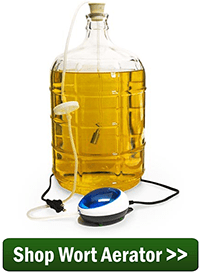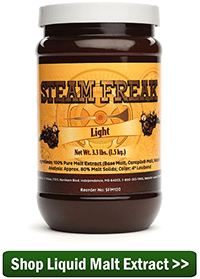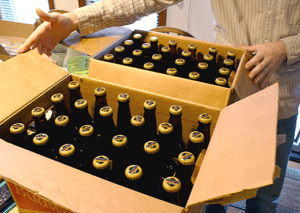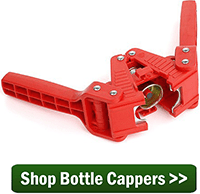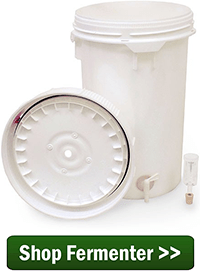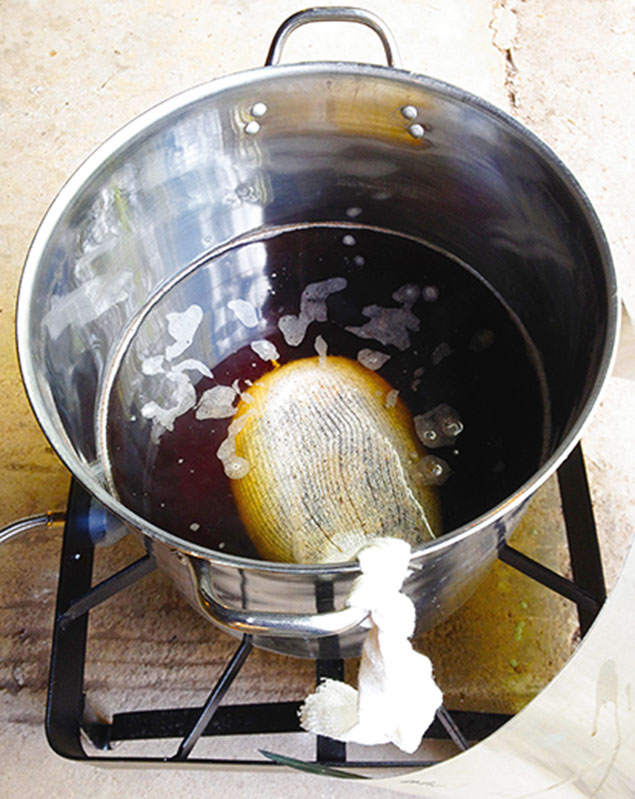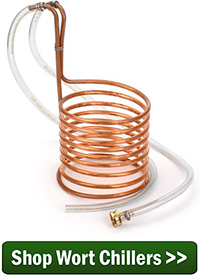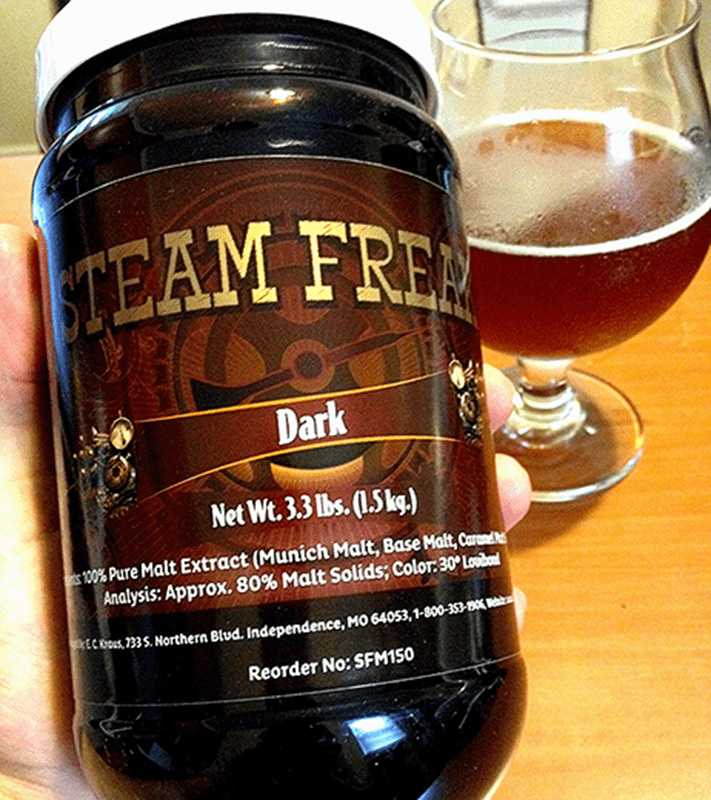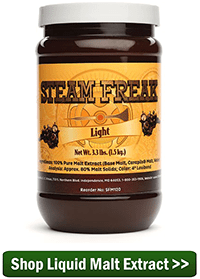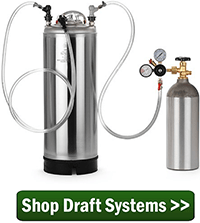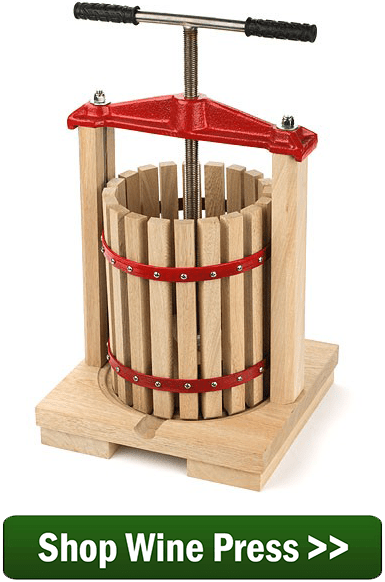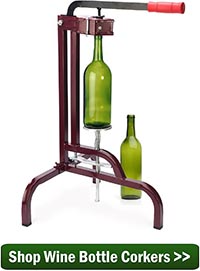 How do you make non alcohol wine? I am interested in doing this. Do you have information that can tell me how to do this?
How do you make non alcohol wine? I am interested in doing this. Do you have information that can tell me how to do this?
Thank You!
Lloyd
_____
Dear Lloyd,
Unfortunately, making non-alcohol wine is something that requires special equipment and a little technical know-how.
You could mix up some Welch’s grape concentrate and call that non-alcohol wine, but the non-alcoholic wines you buy at the store are different. They aren’t syrupy sweet. The sugars have been removed allowing the body and tannins to come forth and be the core of the juices character – just like an alcoholic wine would.
By far, the easiest way to remove the sugars from the juice is to have a fermentation that will turn the sugars into alcohol. This is what the commercial producers of non-alcoholic wines do. They ferment the juice and start out with an actual wine. Then the alcohol is removed. So when you ask: how do you make non-alcoholic wine?, the answer is: start with some alcoholic wine.
Anyone can take a juice and turn it into wine. That’s not the hard part. You make the wine as you normally would. The hard part is removing the alcohol from the wine. There are a couple of ways that the commercial producers of non-alcoholic wines go about doing this. Unfortunately, neither of them are practical for the home winemaker:
- Distillation
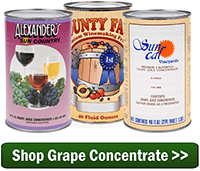
The first way is to distill the alcohol off the wine. Steam it away. This would work okay for the home winemaker except that heating up the wine causes it to oxidize and turn brown very quickly. The wine becomes caramelized to an extent. Commercial producers have learned how to get around this by putting the wine in a very strong vacuum. As the vacuum increase, the steaming or boiling temperature of the alcohol becomes lower. They create a vacuum that is so strong that the boiling point of the alcohol is down into the 70°F. In effect, they can distill the alcohol off the wine without ever heating it up and causing the wine to oxidize.
- Filtration
The second way commercial producers make non-alcohol wine is through filtration. The wine is forced under high pressure against a membrane that is so fine that only the water and alcohol can seep through it. The wine is ran past the membrane over and over again until the wine becomes a concentrate. Water is then added back to bring the wine to its original concentration – only now, there is little to no alcohol present.
So as you can see, when you ask” how do you make non-alcohol wine?, there is no simple answer for the individual home winemaker. It requires both extensive apparatus and inside knowledge. It is technology that is way beyond the realm of what the typical home winemaker could accomplish at home.
Happy Wine Making,
Ed Kraus
—————
Ed Kraus is a 3rd generation home brewer/winemaker and has been an owner of E. C. Kraus since 1999. He has been helping individuals make better wine and beer for over 25 years.

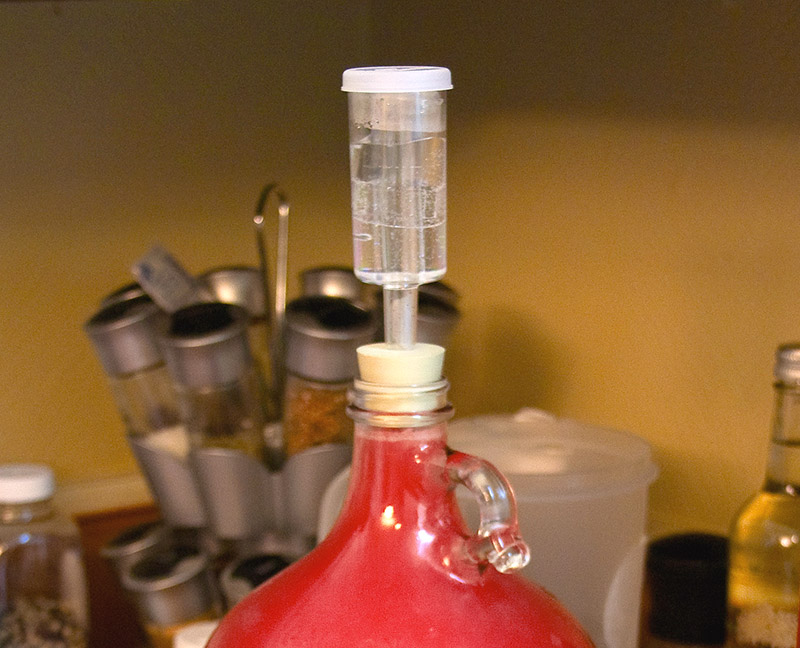
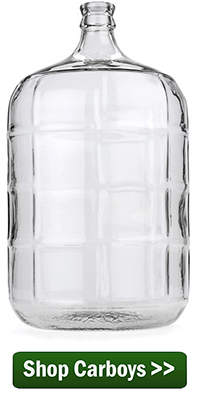
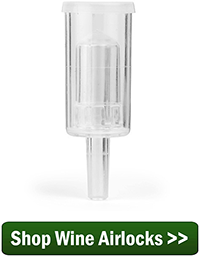
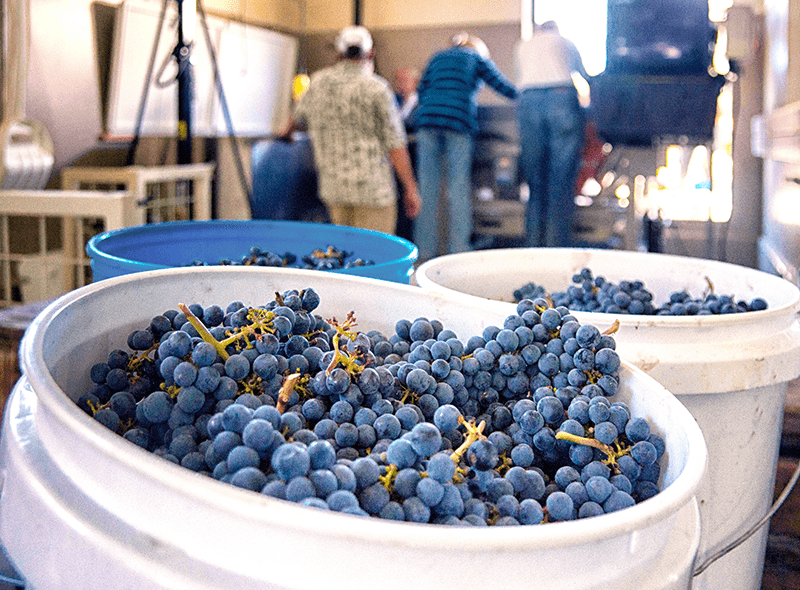
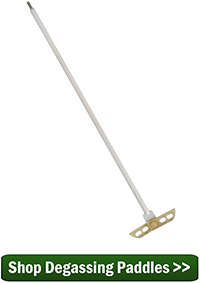
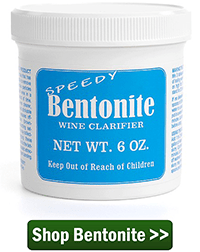
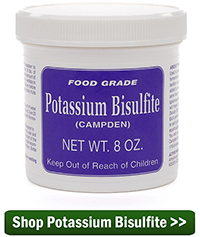
 Over the past several weeks, I’ve been making a coffee stout partial mash beer kit: Captain Cogsworth Coffee Stout. First, I
Over the past several weeks, I’ve been making a coffee stout partial mash beer kit: Captain Cogsworth Coffee Stout. First, I 
